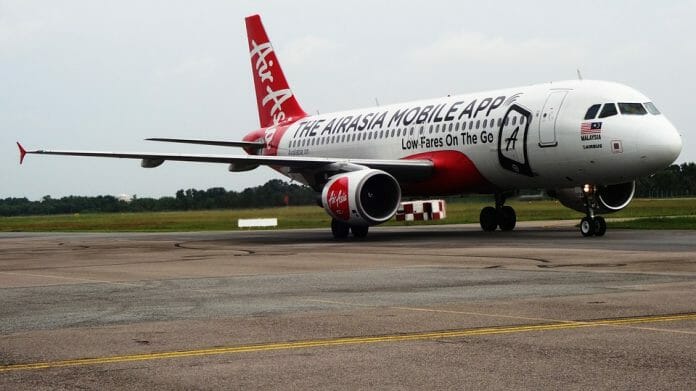Air Asia Group Bhd has reported an 80 percent load factor surpassing its 77 percent expectations during the first quarter of the year.
Despite weak travel demand and restrictions during the pandemic which had crippled airlines worldwide, the Group had managed to report a healthy group-wide load factor.
“This was achieved through proactive capacity management, particularly in the months of February and March, with the cuts most notable in AirAsia Malaysia and AirAsia Thailand,” the airline stated in its 1Q2020 preliminary operating statistics.
In terms of group-wide passenger capacity, meanwhile was recorded lower about seven percent year-on-year (y-o-y) at 21.42 million during the quarter.
The number of passengers carried was down 21 percent y-o-y to 9.9 million as capacity was reduced by 11 percent.
During the first quarter, the AirAsia Malaysia had also reduced its capacity by 17 percent y-o-y as business was heavily impacted by the increase Covid-19 cases worlwide as well as the imposed MCO in the country.
The airline also carried 27 percent less passengers y-o-y, with a reasonably strong lead factor of 77 percent.
AirAsia Indonesia posted a 10 percent y-o-y increase in capacity for the quarter despite its available seat kilometres (ASK) retracted by four percent.
Passenger carried decreased by seven percent as travel demand in the region started to weaken, while load factor was moderate at 74 percent.
On the other hand, AirAsia Philippines flew 1.8 million passengers during the quarter, down nine percent in comparison to the same quarter last year.
Capacity reduced by one percent y-o-y as domestic routes and international routes were halted beginning mid-March. Load factor was solid at 84 percent.
As for AirAsia Thailand, capacity was reduced by 17 percent while ASK declined by 30 percent, as the Thailand network was realigned through frequency reduction and flight suspension.
AirAsia Thailand recorded 84 percent in load factor as it carried 4.5 million passengers, 23 percent lower than the 1Q2019.
AirAsia India reported a 30 percent growth in passengers carried to 2.5 million with the 43 percent additional capacity contributed by 10 more aircraft y-o-y.
Additionally, AirAsia Japan’s capacity expanded by 48 percent while ASK increased by 30 percent y-o-y with the addition of its latest route, Nagoya-Sendai.
Load factor was soft at 72 percent as passengers carried increased at a slower rate of 32 percent y-o-y.
The Group targets to end 2020 with 244 aircraft, 1 aircraft reduction from 245 aircrafts as at end 2019.









